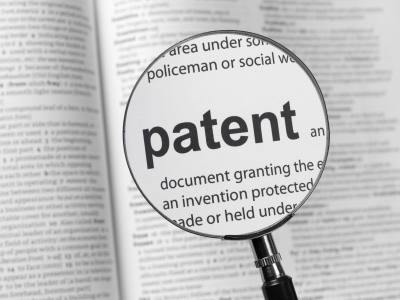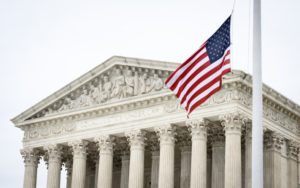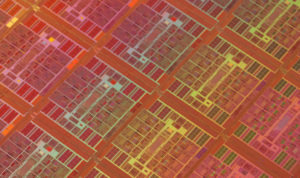
Proposed fee structure remains flawed and may contribute to the perception of a “broken” patent system.
Responding to years—arguably decades—worth of cries to repair our “broken” patent system, Congress recently enacted the America Invents Act (AIA), which provides for the first major overhaul of the patent system in nearly sixty years. The AIA grants fee-setting authority to the United States Patent and Trademark Office (PTO), which enables the agency to determine the fees that are to be charged to patent applicants and patentees. Fee collections themselves are not a novel feature of the patent reform; since 1991, the PTO has effectively relied upon user fees to fully fund itself. What is new is that the PTO can now determine the structure and level of those fees—decisions previously left to Congress.
Last week, the PTO proposed a new fee schedule that shares many of the same structural features as the agency’s historical fee schedule. While the proposed schedule may have many virtues, the retained structure remains flawed and, moreover, may have contributed to the perception of a “broken” patent system in the first place.
Since 1991, the PTO has garnered the vast majority of its budget from three types of fees: (1) filing, search, and examination fees (collectively, examination fees) effectively assessed upon the filing of an application; (2) issuance fees assessed upon the ultimate conferral of patent protection; and (3) maintenance fees assessed periodically over the life of the patent so that the patent remains enforceable.
These fees can be divided into two categories: pre-allowance fees, which the PTO collects regardless of whether it issues a patent; and post-allowance fees, which agency only collects if it issues a patent. In an effort to promote access to the patent system, Congress had historically set examination fees substantially below the actual costs incurred by the PTO to examine applications. In contrast, Congress set both issue and maintenance fees substantially above the relevant actual costs to the PTO. Under this regime, the PTO became heavily reliant upon these post-allowance fees to subsidize the examination process and fund its operations. Observers have also viewed maintenance fees as more than a mere financing mechanism: since inventions covered by patents will re-enter the public domain when patentees let maintenance fees lapse, such fees also serve the valuable purpose of effectively shortening patent terms for arguably invaluable patents.
While many have recognized the merits of maintenance fees and low examination fees, one fundamental feature of this basic fee structure has largely been overlooked. By relying so heavily upon post-allowance fees, the PTO necessarily became dependent upon a source of funds that only materialized if the PTO decided to grant patent applications in the first place. This cycle created a potentially disturbing incentive on the part of the agency—an incentive to grant an unnecessarily large number of patents. Congress enacted the AIA in part by the perception that the PTO issued too many invalid patents.
A PTO that is somehow biased towards allowing patents on inventions that are already known (and therefore non-patentable) is likely to routinely grant patents that end up imposing significant costs on society—through monopoly prices and diminished consumer access—without bestowing the commensurate benefits of stimulating innovation. A fee structure that relies so considerably upon post-allowance fees only solidifies this concern by pinpointing a potential source of agency bias. Our previous work found evidence suggesting that the agency’s historical fee structure biased the PTO towards granting patents.
Although the agency should be commended for considering key policy factors such as fostering innovation and facilitating effective administration of the patent system, the new fee schedule maintains the same weaknesses of the historic schedule. The PTO modestly increased its examination fees, decreased issuance fees, and substantially increased maintenance fees. Nevertheless, the ratio of pre-allowance and post-allowance fees remained virtually unchanged. As such, the agency will likely continue to remain heavily dependent upon fees it only collects if patents are granted—leaving in place its perverse incentive to grant unnecessary patents.
We remain concerned that the agency may be biased towards issuing patents in order to generate additional revenue, especially when resources are constrained. While a financially constrained PTO could admittedly raise fees in an effort to cover its expenses, the duration of the fee-setting process limits the ability of the agency to augment immediately its revenue through fee increases. Thus, the agency, even with fee-setting authority, may turn to granting patents in an effort to increase fee collections.
We believe that the budgetary constraints facing the PTO need to be more carefully and explicitly considered during the fee-setting process. The optimal fee schedule considers not only the incentives and social welfare of patent applicants and society, but also the PTO’s needs for financial sustainability. If these two goals diverge from one another, then it is time to consider funding the agency partially through tax revenue or limiting the PTO’s ability to keep its post-allowance fee collections.
This essay draws on their forthcoming article, “Does Agency Funding Affect Decisionmaking?: An Empirical Assessment of the PTO’s Granting Patterns” in the Vanderbilt Law Review.





